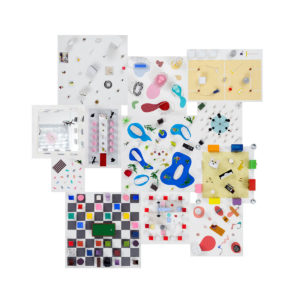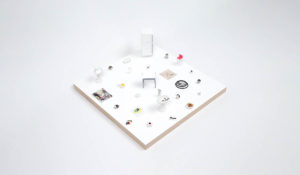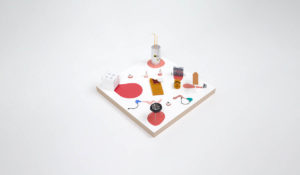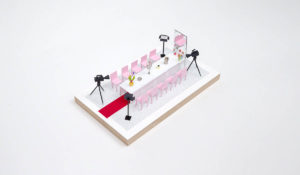Empty House
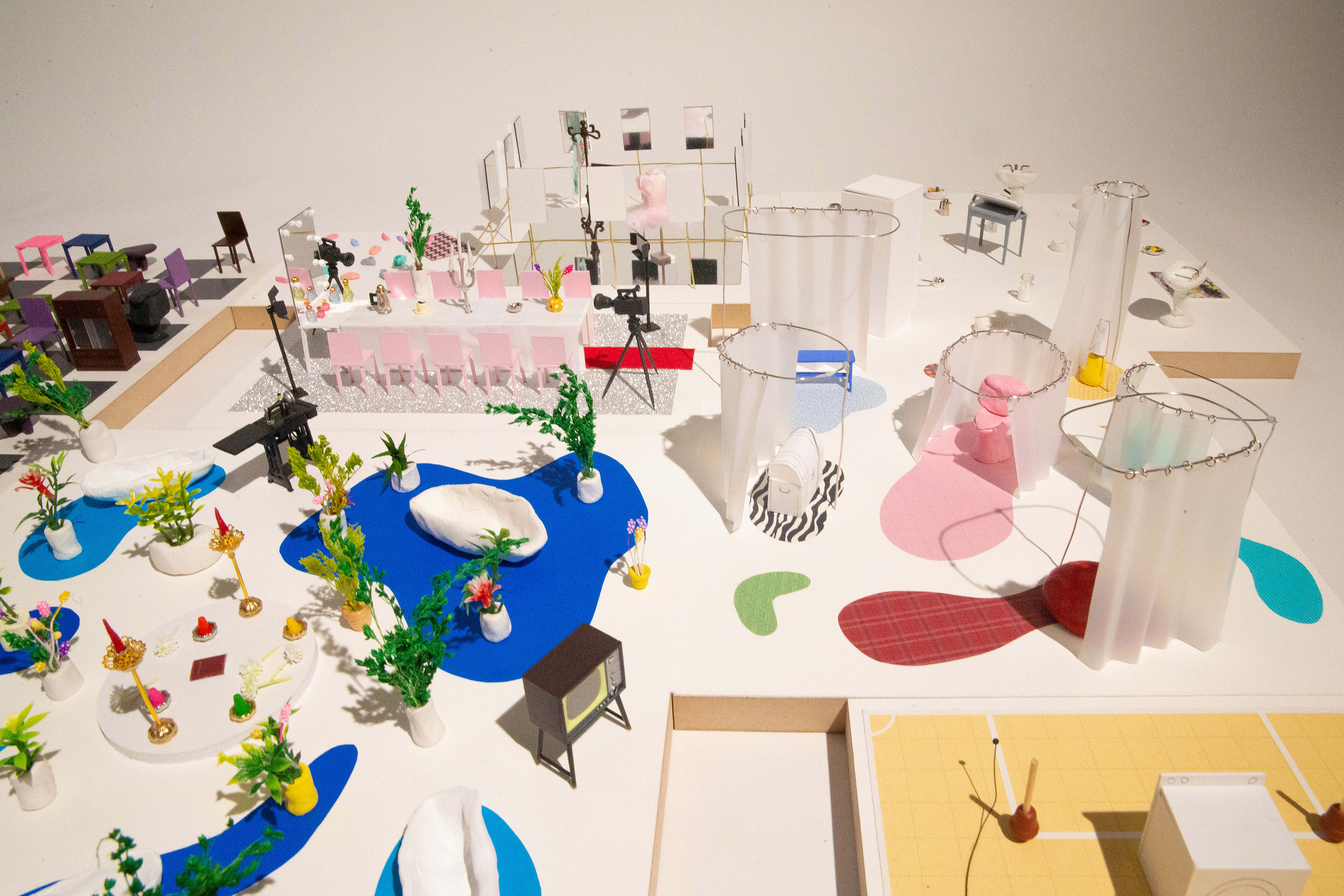
By David Kim (MArch II ‘20)
Think of visiting an empty house that you want to live in.
You would enter through the front door and probably see a living room. Maybe a kitchen is close by, followed by a series of private bedrooms and closets. In the closet, you would imagine your clothes inside. In the bedroom, a new bed frame, your existing bookshelf, and a desk. In the hallway, you would like to hang your favorite art piece, or if you had bad taste, hang a knock-off VAN GOGH with a silver IKEA frame. At the kitchen, your dining table, and in the living room maybe a new TV with your grandma’s hand-me-down “L” shaped sofa. If you are a filmmaker, where would you put your film equipment? If you are a musician, where would you put your guitar and drums? You can imagine it all as it is an empty house. Your objects are what will make this your home. The architecture is set and you can imagine yourself and your things in it.
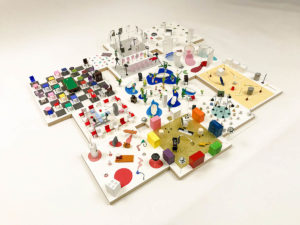
BUT, what happens if you flip this mentality around? What if your possessions were in front of you, there were no defined spaces like “kitchen” or “bedroom” and instead you imagined the architecture? After all, are not these constructs created by someone else? What are the spaces that would come out of this thought? Now, you think, my clothes do not necessarily need to go into the closet, my bed does not need to be in the bedroom alongside a nightstand and lamp. By inverting the object and architecture relationship, not only does this liberate itself from the idea of traditional domesticity, but it also allows you to rethink the definition of any given space.
Domestic space can now be defined by the objects, not by the architecture.
